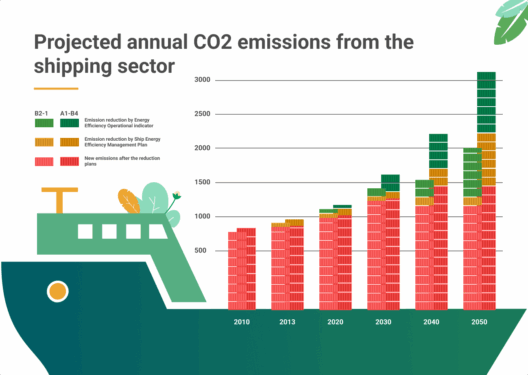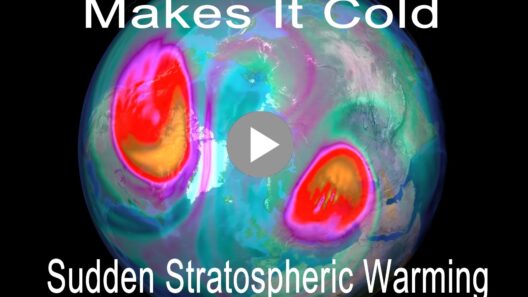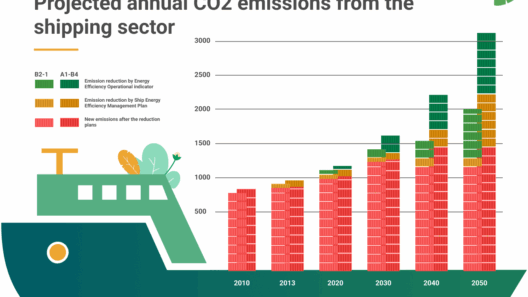As society grapples with the exigent realities of climate change, the quest for sustainable energy sources remains paramount. Among the myriad of alternatives, geothermal and fusion energy emerge as formidable candidates to mitigate the adverse effects of carbon emissions. Their potential to act as climate saviors ignites interest not only among scientists but also environmental activists and policymakers alike. The juxtaposition of these energy sources highlights differing methodologies of energy extraction and generation, compelling a closer examination of their viability in addressing global warming.
Geothermal energy, derived from the Earth’s internal heat, offers considerable promise. This energy source is generated from the natural decay of radioactive materials, as well as residual heat from planetary formation. One might wonder: why is geothermal energy often overlooked in favor of wind, solar, or fossil fuels? Upon closer inspection, we find a complex interplay of factors influencing its adoption. Geothermal power is inherently site-specific, primarily concentrated in tectonically active regions—such as the United States’ West Coast, parts of Iceland, and the Philippines—diminishing its global applicability. Furthermore, the upfront costs of drilling and infrastructure development can be prohibitive. However, when conducted responsibly, geothermal energy not only delivers baseload power but also presents an impressively low carbon footprint.
The allure of geothermal energy lies not solely in its availability but also in its longevity. Unlike solar panels, which are beset by efficiency degradation over time, geothermal plants can operate for decades at optimal efficiency. Moreover, the geographic dispersion of potential sites can encourage localized development, reducing the need for extensive energy transportation networks. Remarkably, new technologies and improved drilling techniques have shown promise in expanding the accessibility of geothermal resources, a development that could alleviate some of the financial barriers inhibiting its growth.
Conversely, fusion energy, often described as the “holy grail” of energy production, generates enthusiasm due to its vast potential. Fusion, the process that powers the sun, involves the merging of light atomic nuclei to produce energy, producing minimal radioactive waste in contrast to fission-based nuclear reactors. The prospect of harnessing fusion energy is tantalizing; it promises a virtually limitless supply of energy, driven by plentiful fuel sources such as deuterium extracted from seawater and lithium found in the Earth’s crust. However, the widespread commercial viability of fusion energy remains a tantalizing challenge.
The complexities surrounding fusion energy are a reflection of the scientific and engineering feats required to replicate the sun’s conditions on Earth. Achieving and sustaining the extreme temperatures and pressures necessary for fusion remains an elusive goal. Despite significant advancements, including notable international collaborations like ITER (the International Thermonuclear Experimental Reactor), practical implementation is likely still decades away. This prolonged timeline raises critical questions regarding investment, funding, and public perception—essential components that can either propel or hinder research efforts.
Interest in both geothermal and fusion energy can be elucidated by a shared underlying theme: the pursuit of innovative solutions to counter climate change. Both energy sources embody a shift from traditional fossil fuels towards more sustainable and renewable alternatives. They stand as testaments to human ingenuity and determination, igniting conversations regarding energy innovation in the context of environmental stewardship.
However, this fascination is not devoid of scrutiny. Critics highlight that while both geothermal and fusion could potentially mitigate climate impacts, they cannot wholly absolve humanity of the pressing need to reduce energy consumption and increase energy efficiency. Relying excessively on these technologies without implementing a comprehensive strategy encompassing conservation methods risks perpetuating the very behaviors that exacerbate environmental degradation. Energy transition necessitates a multifaceted approach that incorporates education, policy reform, and a commitment to sustainable practices.
Thus, the narrative extending from geothermal and fusion energy reveals the intricate relationship between technology, environment, and society. Central to the discussion is the need for sustained investment in research and development, as well as the fostering of an informed public eager to embrace change. Collaborative partnerships between governments, private sectors, and academia will play a crucial role in bringing these technologies to fruition. While both geothermal and fusion energy feature prominently in the imaginary of climate saviors, their success will hinge on collective actions that undergird energy innovation.
The future trajectory of geothermal and fusion energy stands at a critical juncture. With a determined focus on reducing greenhouse gas emissions and a commitment to developing renewable sources, the potential exists for these technologies to not only supplement our energy needs but also to redefine our relationship with power generation. However, let us remain cognizant that the path to climate resilience is multifaceted and requires an unwavering commitment to advancing not only technological solutions but also cultural shifts toward sustainability.
In conclusion, the discussion surrounding geothermal and fusion energy as potential climate saviors encapsulates a broader quest for innovative solutions in the face of environmental turmoil. Both offer unique advantages and pave the way for a cleaner energy future, yet they necessitate responsible implementation and accompanied efforts to cultivate a sustainable society. Without a holistic approach, the vision of a revitalized planet—where climate change is mitigated and the energy landscape reimagined—remains a distant aspiration rather than a palpable reality.








